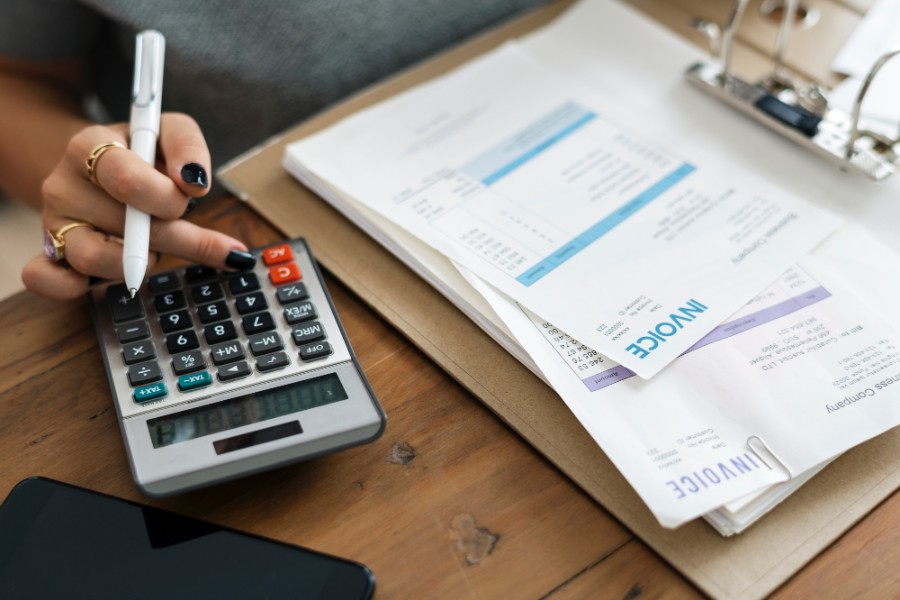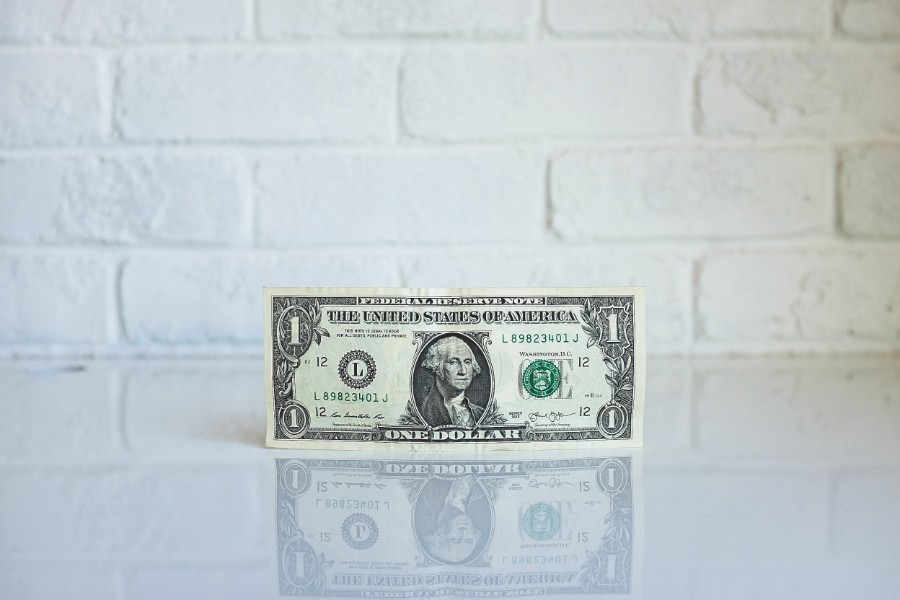What is the owner equity and how you can calculate it

Business owners try their best to start a business in fields that they are passionate about, considering that they will enjoy what they are doing. To support these initiatives, TMS facilitates the development, planning, building, support and enhancement of top-notch web applications.
Even though, in many cases, people start businesses to produce income or to serve as an investment that can later produce a profit by selling it. In order to understand these concepts better, one must understand what owner equity means in both business and personal finance.
Table of contents
- What is the owner’s equity?
- What you should know about owner equity
- Components of the owner’s equity
- How to calculate owner equity
- The owner’s equity and net income
What is the owner’s equity?

The owner equity can be described as a part of the full value of an asset which is usually owned by a company, which can be claimed by partners that own it or by shareholders in the corporation. Calculating the owner’s equity is very simple. From the total value that the asset has, one will deduct the liabilities. The result is the owner equity.
To make it even simpler, the liabilities mentioned before are the amount owed to the investors or creditors that contributed to the respective asset. There is a difference between the owner’s equity and shareholder’s equity: in the case of owner’s equity, the business is tightly held, while in the other case it is widely held.
What you should know about owner equity

If wondering why it is so important to define owner equity, you should know that it holds great importance if you are trying to get a business loan. A company that is trying to obtain an investment loan will be in a better position this way. The equity of a business gives its owner precious information that is sometimes equal to the liquidation value.
Equity financing
Besides finding out about the liquidation value of a company, equity in accounting represents the key to finance expansion. Selling shares to investors is called equity financing. It works as follows: the company engages in selling stocks, which means it sells equity to certain investors for cash. This cash goes to a fund that is later used for investments. Businesses that need to expand without getting a loan and taking on debt can always opt for equity financing and access large amounts of cash through it.
Negative equity
This is a special situation in business which refers to the fact that a person’s ownership in a certain asset is lower than his liabilities. To exemplify, a business that buys a building for $500,000 and spends a mortgage of $480,000 to fund the purchase, while the business’ final value reaches lower than that amount, the equity becomes negative. The value of the mortgage thus exceeds the entire value of the company. This is the case scenario for businesses that struggle with a lot of debt and it is almost impossible to make a profit again from such a business.
Components of the owner’s equity
Understanding what is owner’s equity has to do with the components that it includes. Here are the components of the owner equity:
The retained earnings
The value of the shareholder’s equity also contains the amount of money that is being transferred to the balance sheet. This amount is made of retained earnings and business prefer paying these instead of dividends. The retained earnings are obtained from operations that happen within the business, which are mostly sums of money that are reinvested into the company, but they are not in the form of dividends.
Retained earnings grow in time when the company starts reinvesting parts of its income into the actual business. This is the biggest component of equity and it is mostly encountered in companies that have activated in the business industry for a longer period of time.
The outstanding shares
The outstanding shares have to do the stocks that the business sells to investors and they never purchase back. Outstanding shares influence the final value of the shareholder’s equity.
The treasury stock
On the other head, the treasury stock represents the stocks that the company had purchased again from both the shareholders and investors. This treasury stock influences the total equity of the company, as well as the number of shares that will be available to investors.
The paid-in capital
The additional paid-in capital has to do with how much money the shareholders pay to purchase stock above the par value. The paid-in capital can be calculated by extracting the par value of common and preferred stock, the selling price and the shares that were recently sold.
How to calculate owner equity

The owner equity will be calculated by summing the following business assets: the properties, the equipment, inventory, earnings, and the capital goods. From this sum, the liabilities will be deducted, including debts, salaries, loans and the amounts going to creditors. There is an equation that is used in accounting to calculate the owner equity which goes as follows:
- Owner Equity = Total Assets – Total Liabilities
- Assets = Liabilities + Owner Equity
- Liabilities = Assets – Owner Equity
Case study: a computer assembly warehouse
This is a short example that should help you understand how the owner equity works. For instance, Jacob owns a computer assembly warehouse. His business is located in Hawaii and he would like to find out what his equity is in the business. Jacob finds out that his business is valued at $1.2 million. The equipment in his company is also valued at $1.2 million, while the inventory is valued at $1 million. The debtors owe Jacob’s business $500,000. Jacob owes the bank $600,000, creditors $800,000 and salaries sum up to $700,000. The owner equity will be calculated:
Owner’s equity = Assets – Liabilities, where:
Assets = $1,200,000 + $1,200,000 + $1,000,000 + $500,000 = $3,900,000
Liabilities = $600,000 + $800,000 + $700,000 = $2,100,000
Jacob’s equity = $3,900,000 – $2,100,000 = $1,800,000
Case study 2: owner’s equity and the company’s market value
The asset amounts reports may not always reflect the market values exactly. For instance, computers that previously cost $150,000 may now cost $110,000. In other cases, the computer value might be $55,000. An office building that was purchased a few years ago might have cost $450,000, while today it has a book value of $175,000. Assents are never reported on the balance sheets with their current market value, which means that they can’t be used as an indicator of the fair market value of the entire business.
The owner’s equity and net income

The net income represents the amount of revenue that a company has after paying all the expenses. The net income is one of the many factors that can affect the equity of a business. If a company generates profit, its assets’ value will increase. If the assets increase, the owner equity increases too. If the company doesn’t generate profit and it declines, so will the owner equity.
Conclusion
After reading all these details about the owner equity, you should be able to calculate it and understand its role in a company and in accounting. Applying the information you found here should be relevant for your purposes.
